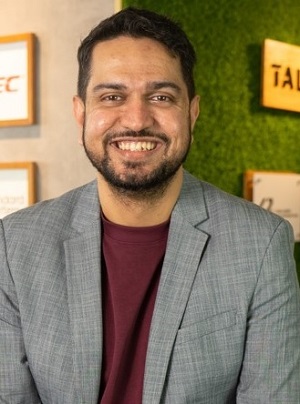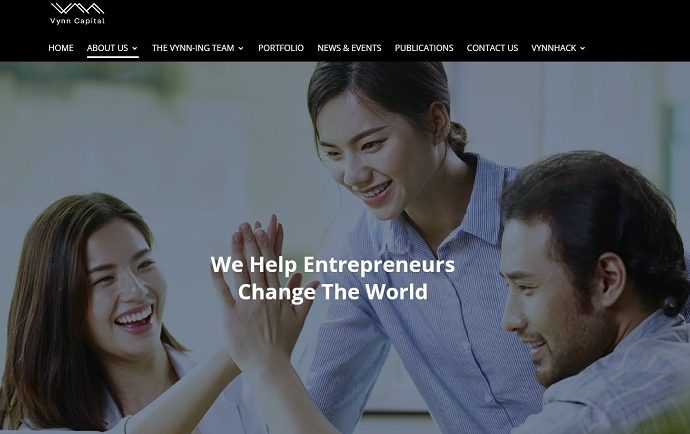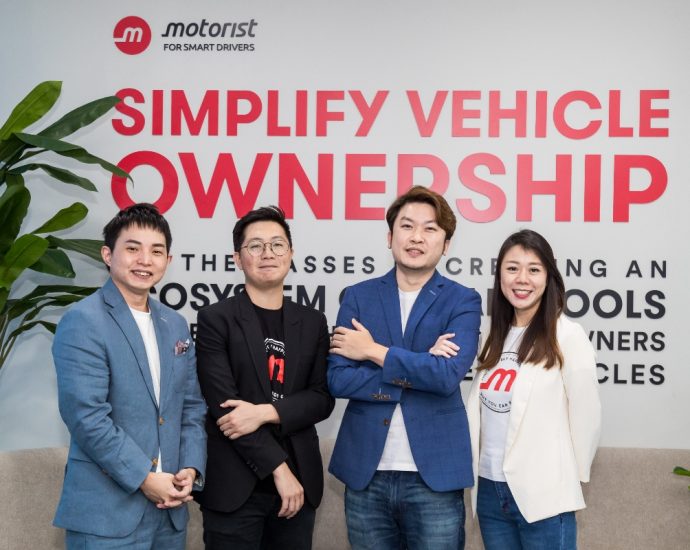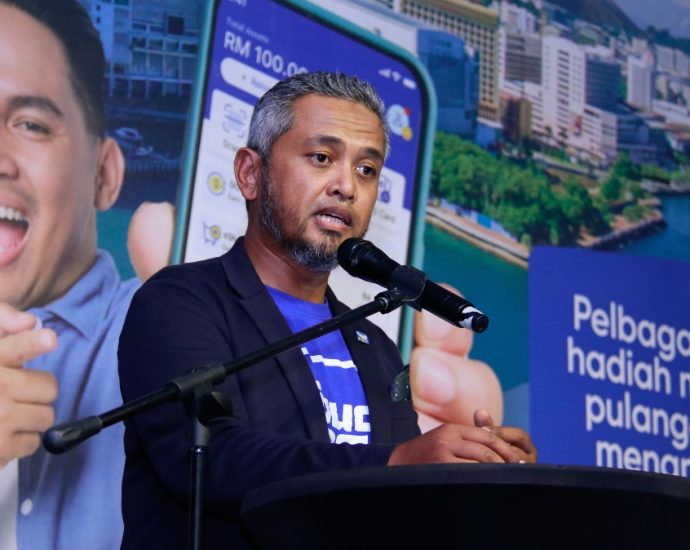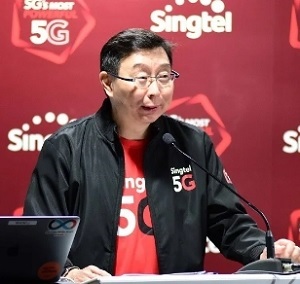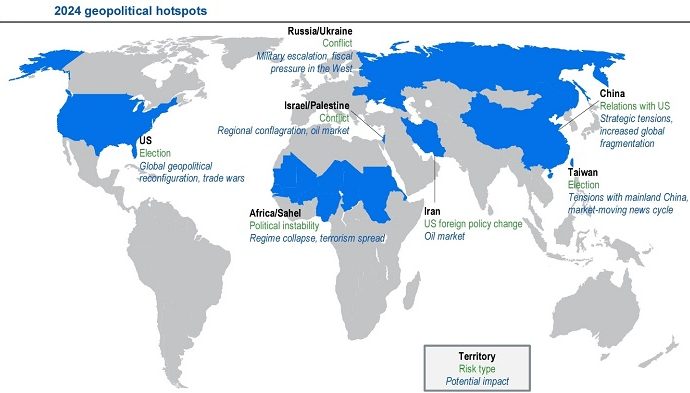Sunwayâs 42 Iskandar Puteri campus opens applications for free coding bootcampsÂ
Designed to develop skills necessary for a career in tech
42 Iskandar Puteri is the second campus in the 42 Malaysia network
Sunway’s 42 Iskandar Puteri (42IP) invites all Malaysians interested in learning coding to join a free 26-day coding bootcamp by playing a fun logic game on their new website.
Situated in Sunway…Continue Reading

